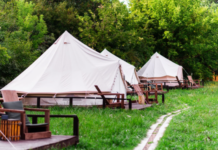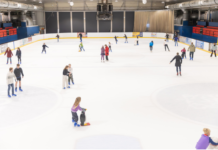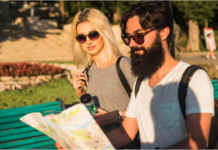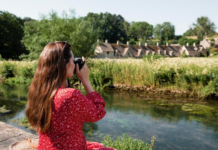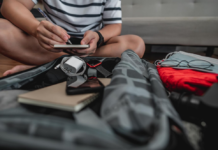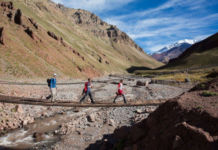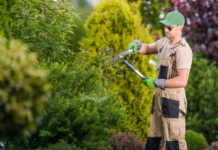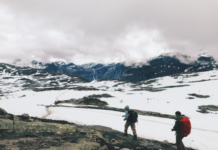Aconcagua stands proud in the Andes, the highest peak outside of Asia, and one of the most sought-after climbs in South America. Towering at nearly 7,000 meters, it’s a stunning challenge that draws experienced adventurers and determined novices alike. But before strapping on your boots and heading to Argentina, safety must come first. A climb like this requires planning, preparation, and respect for the mountain’s unforgiving nature.
Understand the Demands of High Altitude
Altitude is the most significant danger on Aconcagua. The air gets thinner as you rise, and your body will be forced to adapt. Some hikers underestimate how exhausting even simple movements can become above 5,000 meters. Headaches, nausea, and dizziness can strike hard if you rush the ascent. A slow pace, good hydration, and rest days are essential to avoid altitude sickness. Always give your body the time it needs to adjust—it’s not just smart, it’s survival.
Physical Conditioning Before You Climb Aconcagua
The phrase climb Aconcagua might sound like an adventurous goal, but behind those words lies months of physical preparation. This mountain isn’t just a trek; it’s a test of endurance. You’ll be carrying heavy packs, moving through snow, braving icy winds, and hiking long hours each day. Building strength in your legs, improving your cardiovascular health, and getting comfortable carrying weight are crucial. In the end, your training can make the difference between a safe journey and an early evacuation. To climb aconcagua safely, your body must be ready for extremes.
Choosing the Right Gear to Climb Aconcagua
To climb Aconcagua successfully, you need the right tools. That includes layered clothing, high-altitude boots, quality gloves, UV-protection eyewear, and a reliable four-season tent. This isn’t a place for shortcuts. Poor gear can mean frostbite, lost energy, or even emergencies. You also need to test your equipment before the trip—never climb with untested gear. From sleeping bags rated for extreme cold to stoves that work in the wind, every item in your pack matters when you’re thousands of meters above sea level. Proper gear is a non-negotiable when you climb Aconcagua.
Acclimatization Is a Non-Negotiable Step
No matter how fit or motivated you are, you can’t cheat acclimatization. Many climbers follow the “climb high, sleep low” strategy—ascending during the day and returning to a lower camp to rest. This gives the body a chance to adapt while minimizing stress. Weather delays can be frustrating, but patience is part of the process. Listen to your body. If symptoms of Acute Mountain Sickness begin, it’s safer to descend. Aconcagua has claimed lives because climbers ignored the signs. Acclimatization is your most important defense against altitude-related risks.
Hiring a Certified Guide Adds a Safety Net
Even if you’ve climbed before, going with a certified guide is a wise choice on Aconcagua. Guides bring not just route knowledge, but also the ability to manage emergencies and monitor your health along the way. They carry satellite phones, know how to respond to altitude illness, and can adapt plans when weather conditions shift suddenly. While solo climbs are possible, they’re riskier. A good guide increases your chances of summiting safely—and returning with unforgettable memories.
Conclusion
Climbing Aconcagua isn’t just about the summit—it’s about the journey, the learning, and the discipline it demands. Safety doesn’t take the thrill out of the climb. In fact, it allows you to experience the mountain in all its beauty without unnecessary risk. Respect the terrain, prepare thoroughly, and climb with care. That’s how you turn a dangerous expedition into a rewarding and unforgettable adventure.


